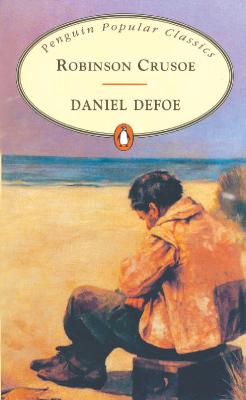
 Robinson Crusoe by Daniel Defoe charts the voyages of its title character. The novel begins with an account of Crusoe’s decision to take a voyage out to sea against his parents’ wishes.
Robinson Crusoe by Daniel Defoe charts the voyages of its title character. The novel begins with an account of Crusoe’s decision to take a voyage out to sea against his parents’ wishes.
Crusoe craves for adventure and has the courage to take dangerous risks. The novel is written as a first person narrative which enables the author to engage with the reader on a personal level. Defoe tells readers about the way in which Crusoe adapts to his situation by becoming a sailor, builder, carpenter, potter, baker, tailor, farmer and governor.
The author examines the issue of identity through Crusoe’s multiple professions.
The most interesting part of the novel is when Crusoe rescues a cannibal from ritual slaughter. He names the cannibal Friday because it was on that day that he was rescued. There is a stark contrast between Friday’s joy at seeing his father again, and Crusoe not even missing his parents. The master-slave relationship between Crusoe and Friday also highlights on a metaphorical level the relationship between colonizer and colonized, and thereby lends itself to a post-colonial interpretation.
The novel tells readers about endurance, courage, adaptability and survival in a harsh world.
Reviewed by Ryhanna Salie
